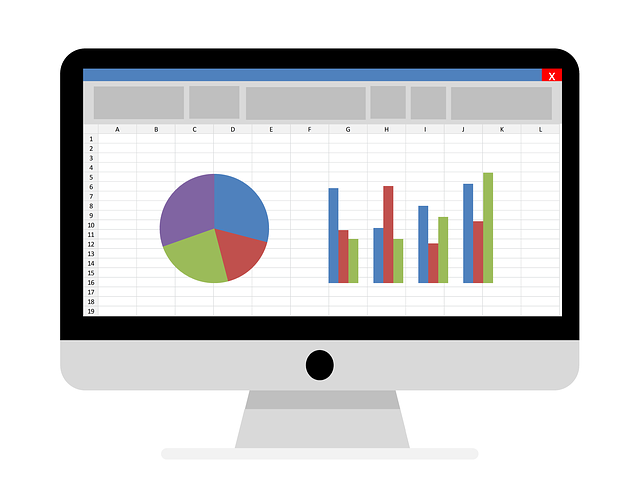How to keep track of expenses in Excel
Financial management is essential in every family's life, and bookkeeping is the foundation of a business. The correct allocation of funds within the company, budget planning, expenses and receipts, and balance sheet calculation are all part of the same system. Therefore, it is very important to find convenient programs for entering and saving data: that way, you will know exactly how much money is spent, what is left, and what you can put in an envelope. So, if you don't want to write down information in a notebook and consider manual bookkeeping to be a thing of the past, we support you.
Accounting options
Let's talk about the world's most popular program, Excel, which is present in the Microsoft software package. It is a tabular version of keeping expenses and income, thanks to which it is easy to calculate the amounts automatically. For this, you just need to customize the cells and enter the calculation formulas you need. Excel provides free usage and filling, which gives a lot of benefits to the common user as well as a big company.
However, sometimes, organizations choose Google spreadsheets, mobile apps, and services to keep spending, income, and reporting diaries.
Although there is now a selection of tools for keeping track of finances, they have their advantages and disadvantages:
- Google tables have long been troublesome because you can only make linked drop-down lists with complicated options. Without such functionality, you cannot beautifully organize subcategories of income and expenses. Now, it is known that there is a way to make drop-down lists in Google tables, but there is no great benefit to moving to the cloud.
- Mobile apps pay off with their simplicity and "in your pocket" accessibility. They pay off all the requirements for a financial accounting system: access from a laptop, pretty interface, scheduling, debt calculator, subcategories, statistics, and multi-currency.
- At the same time, an essential advantage of Excel is that you remain the owner of your data and don't have to worry about potential closures or drastic changes to the product that you don't control.
Of course, virtual bookkeeping is much more convenient, and mobility is critical if a person constantly travels and moves.
Basics of working with the tabular part of the program
Now, let's get to the table itself. It consists of 12 tabs. Settings is the tab you need to customize before you start working with the file: specify the current state of the envelopes and enter the names of categories and subcategories. It is the only place in the table where you must do manual work to change the names and coordinates of named ranges. It sounds complicated, but it takes about ten minutes to figure out.
Money is spent almost daily buying food, fuel, and household items. It is recommended that expenses are immediately entered to optimize the family budget. If you spend money, you write it down. The same is valid for income.
Tips for keeping a table and filling in the data:
- keep records of expenses at the end of the day; it is convenient to take the information from a bank card;
- make regular entries of income after financial gain. It is practical to copy previously created templates;
- add lines as needed;
- use filters to eliminate unnecessary information and see the item of expenditure in a long table, for example, by date or transaction name;
- adjust the "plan" tab and update regular income and expense templates.
These are only a small part of the bookkeeping recommendations. However, self-study will bring many more benefits, and the trial-and-error method will allow a person to navigate Excel like a fish in water.

